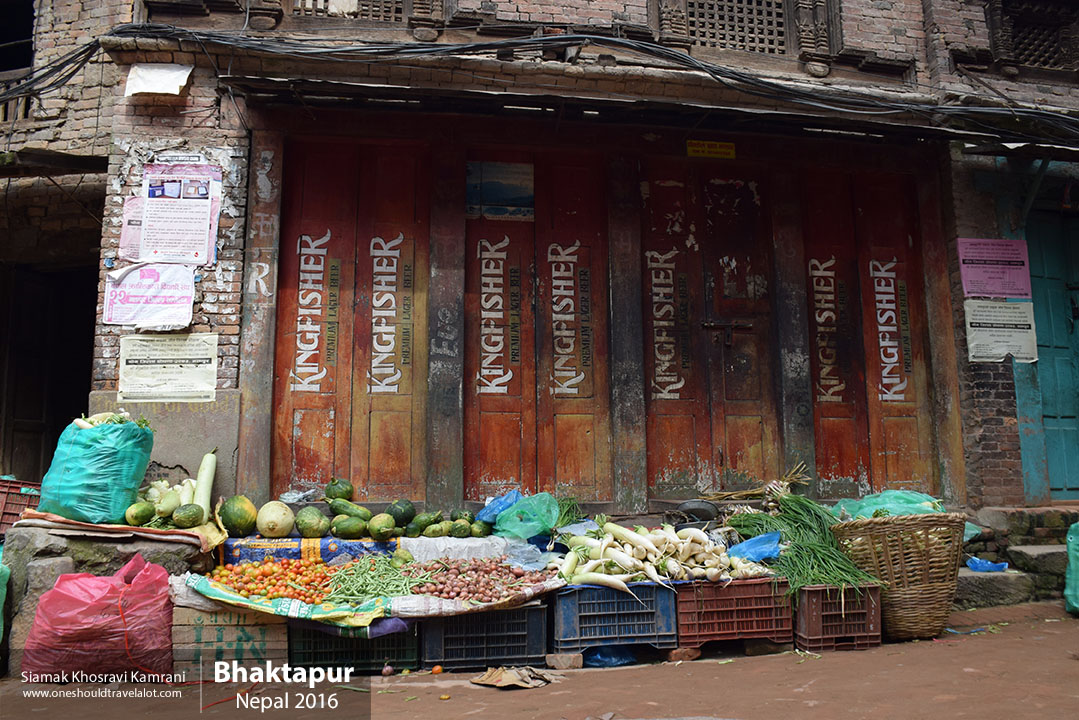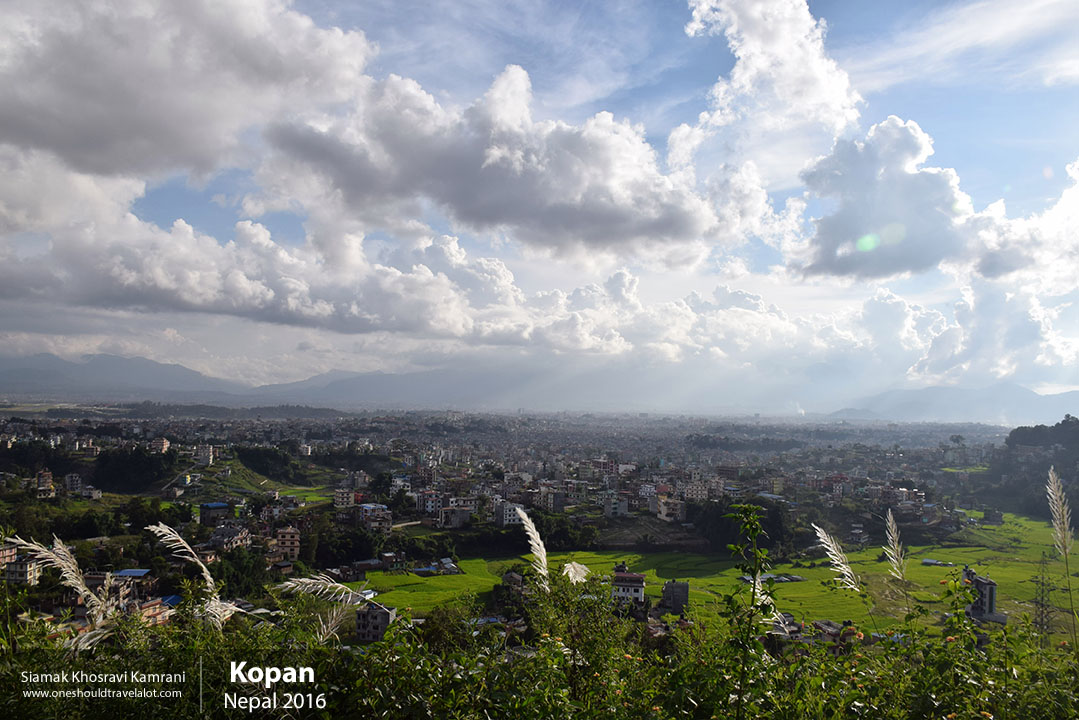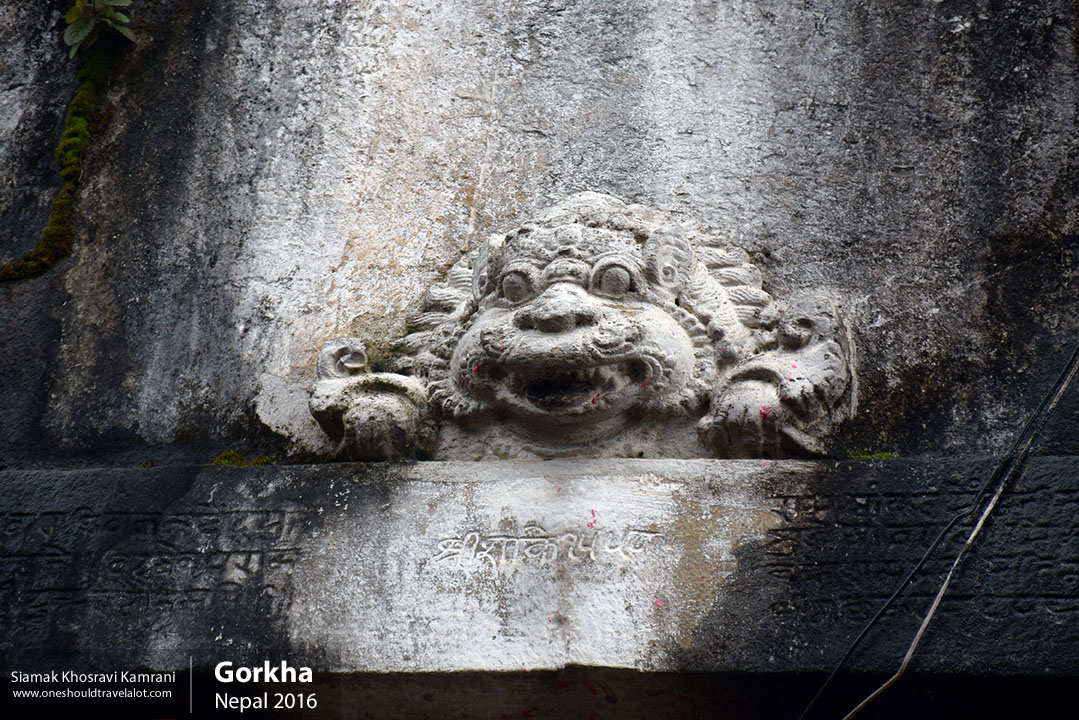Lumbini: Where the Journey to Enlightenment Begins
As a young photographer with an insatiable curiosity for the world, my journey took me to the enchanting town of Lumbini in Nepal. This destination was unlike any other I had visited. Known as the birthplace of Lord Buddha, Lumbini is a sacred pilgrimage site that holds profound spiritual significance for Buddhists around the globe. My goal was to capture the essence of this serene town, its vibrant culture, and the tranquil landscapes that surround it.
Arrival in Lumbini
The moment I stepped off the bus, I was greeted by a sense of calm that permeated the air. Lumbini’s atmosphere is markedly different from the hustle and bustle of Nepal’s capital, Kathmandu. The town’s simplicity and the gentle hum of daily life made it feel like a sanctuary for the soul. As I wandered through the streets, I was struck by the blend of ancient traditions and contemporary living, all coexisting harmoniously.
The Sacred Garden
My first stop was the Sacred Garden, the heart of Lumbini. This UNESCO World Heritage site is the very spot where Queen Mayadevi gave birth to Siddhartha Gautama, who would later become the Buddha. The garden is meticulously maintained, and as I entered, the tranquility of the place enveloped me. Towering trees provided shade, and the sound of birds chirping added a natural symphony to the serene environment.
The Mayadevi Temple, dedicated to Buddha’s mother, stands majestically within the garden. I spent hours photographing the temple, capturing the intricate carvings and the devout pilgrims who traveled from distant lands to offer their prayers. Nearby, the Ashoka Pillar, erected by Emperor Ashoka in 249 BC, stands as a testament to the town’s historical significance. It was fascinating to see inscriptions in ancient script, which marked the emperor’s visit to this sacred place.
The Monastic Zone
Lumbini is also home to a diverse array of monasteries built by Buddhist communities from around the world. This Monastic Zone is divided into East and West, each side representing different Buddhist traditions. I began my exploration in the Eastern Monastic Zone, where Theravada monasteries are located. The Thai, Sri Lankan, and Burmese monasteries, with their distinct architectural styles, provided a visual feast for my camera. Each monastery’s design reflects the cultural heritage of its country, making the zone a beautiful mosaic of global Buddhist culture.
In the Western Monastic Zone, the Tibetan, Chinese, and Korean monasteries offered a contrasting yet equally captivating experience. The Tibetan monastery, with its vibrant prayer flags fluttering in the wind and the intricate murals depicting Buddhist lore, was particularly enchanting. As I wandered through these sacred spaces, I marveled at the dedication and artistry that went into their construction.
Local Culture and Traditions
Beyond the monasteries and temples, Lumbini’s local culture is rich and inviting. The town is predominantly inhabited by the Tharu people, an ethnic group known for their unique customs and traditions. I had the opportunity to visit a Tharu village and was warmly welcomed by the community. The Tharu houses, made of mud and straw, were adorned with beautiful traditional artwork. I captured images of women in vibrant saris, engaged in their daily chores, and men tending to the fields, their lives intertwined with nature.
One of the highlights of my visit was witnessing a traditional Tharu dance performance. The dancers, dressed in colorful attire, moved gracefully to the rhythmic beats of drums and cymbals. The performance was a mesmerizing display of the Tharu’s rich cultural heritage, and I was able to photograph the dancers in mid-motion, their expressions of joy and pride shining through.
Culinary Delights
Lumbini’s culinary scene is a delightful blend of traditional Nepalese cuisine and flavors influenced by the surrounding regions. I indulged in local delicacies such as dal bhat (lentil soup with rice), momos (dumplings), and sel roti (a traditional rice donut). Each meal was a celebration of local ingredients and age-old recipes. Street vendors and small eateries offered a variety of snacks, and I made it a point to try as many as I could, each bite telling a story of its own.
The Lumbini Crane Sanctuary
Not far from the Sacred Garden lies the Lumbini Crane Sanctuary, a lesser-known gem that is a haven for bird watchers and nature enthusiasts. The sanctuary is home to the endangered Sarus crane, and I was fortunate enough to spot a few of these majestic birds during my visit. The wetlands and the serene environment provided the perfect backdrop for nature photography. Capturing the cranes in their natural habitat was a rewarding experience, adding a different dimension to my photographic journey in Lumbini.
Reflections and Farewell
As my time in Lumbini drew to a close, I found myself reflecting on the profound impact this place had on me. The town’s spiritual significance, coupled with its serene landscapes and vibrant culture, made it a truly unique destination. I left Lumbini with a collection of photographs that not only captured the town’s beauty but also the essence of its spirituality and the warmth of its people.
Lumbini is more than just a pilgrimage site; it is a testament to the enduring legacy of Buddha’s teachings and a beacon of peace in a world often overshadowed by chaos. My journey through this sacred town was a reminder of the importance of inner peace and the simple joys of life. I departed with a heart full of gratitude and a promise to return someday, for Lumbini is a place that leaves an indelible mark on the soul.
Practical Information for Travelers
How to Get There
Lumbini is accessible via air, road, and rail. The nearest airport is Gautam Buddha Airport in Bhairahawa, about 22 kilometers from Lumbini. Regular buses and taxis are available from Bhairahawa to Lumbini. Alternatively, travelers can take a bus from Kathmandu, which takes approximately 8-10 hours.
Best Time to Visit
The best time to visit Lumbini is during the cooler months from October to March. The weather is pleasant, making it ideal for exploring the outdoor sites and monasteries.
Accommodation
Lumbini offers a range of accommodations, from budget guesthouses to mid-range hotels. Some monasteries also provide lodging for pilgrims and travelers, offering a unique experience.
Tips for Visitors
- Respect local customs and dress modestly, especially when visiting religious sites.
- Carry a reusable water bottle to stay hydrated, as Lumbini can get quite warm during the day.
- Hiring a local guide can enhance your experience, providing insights into the town’s history and cultural significance.



